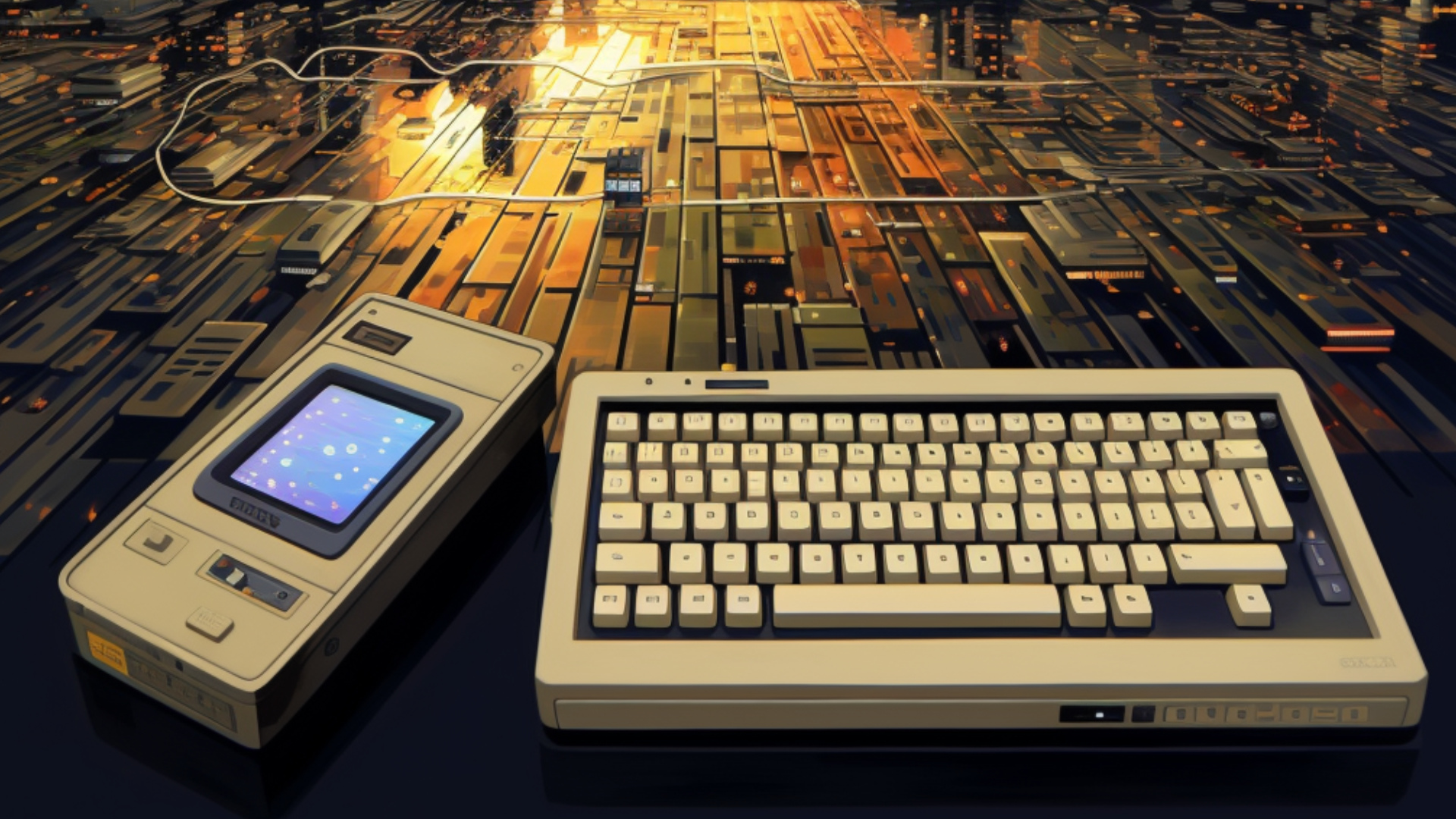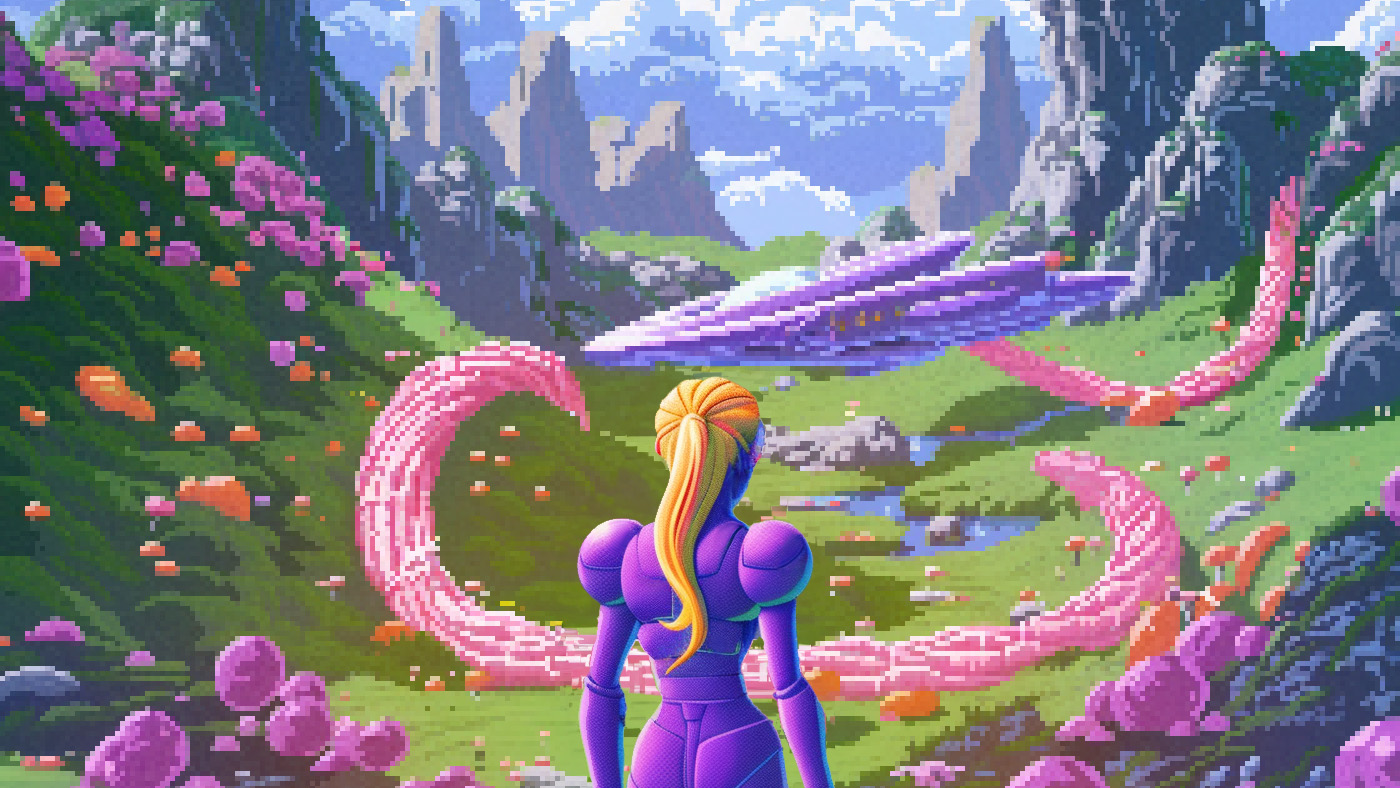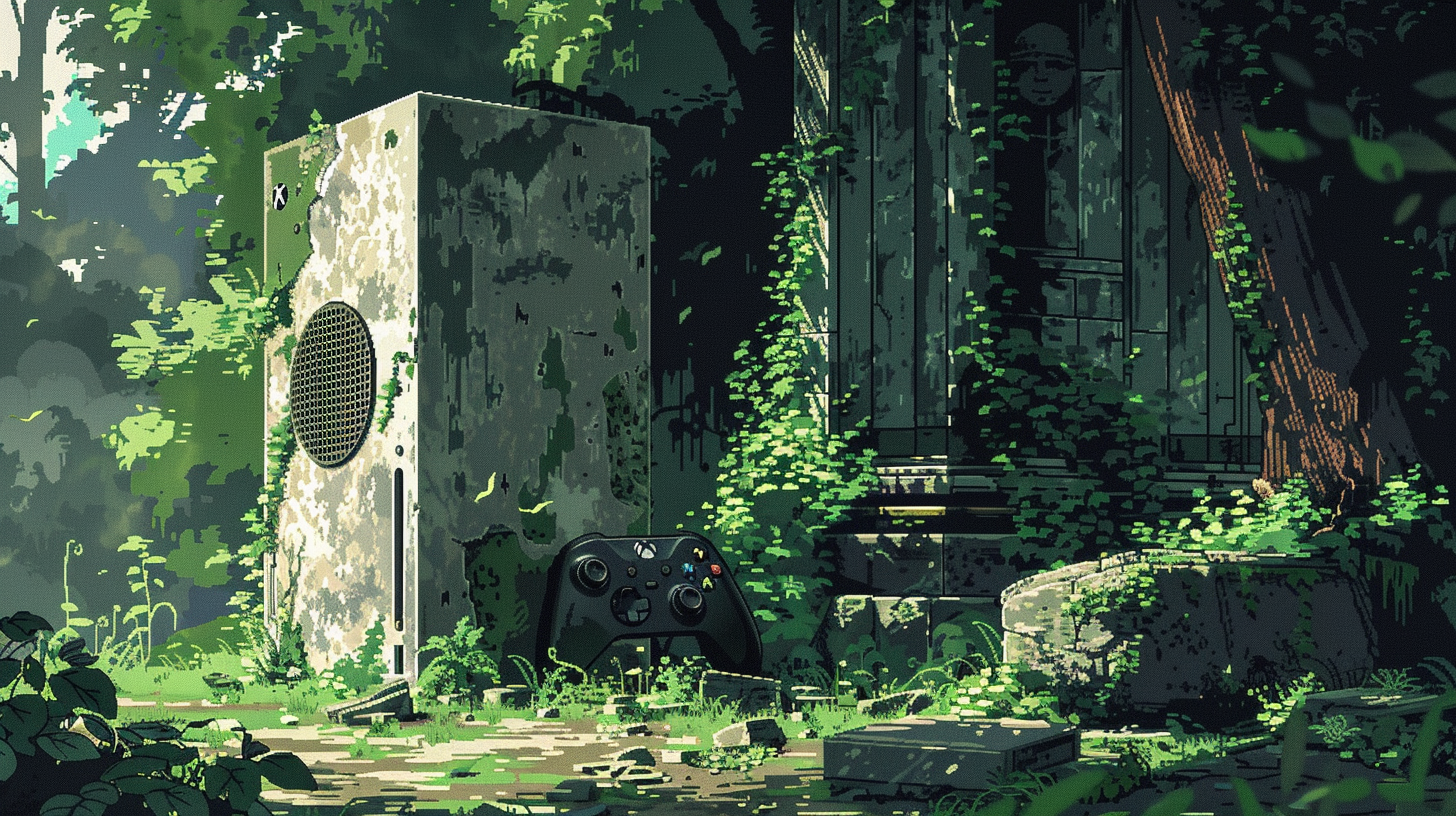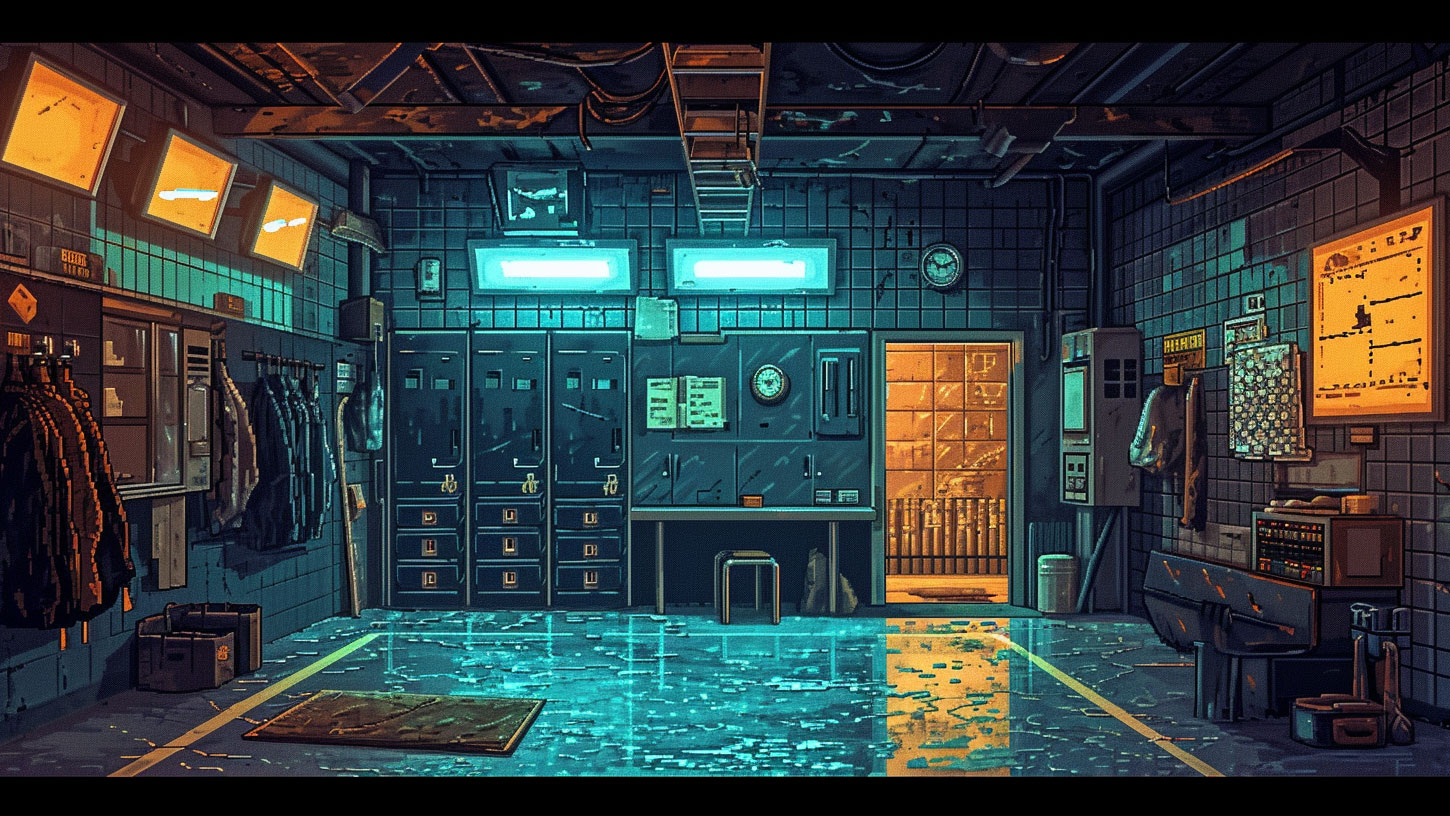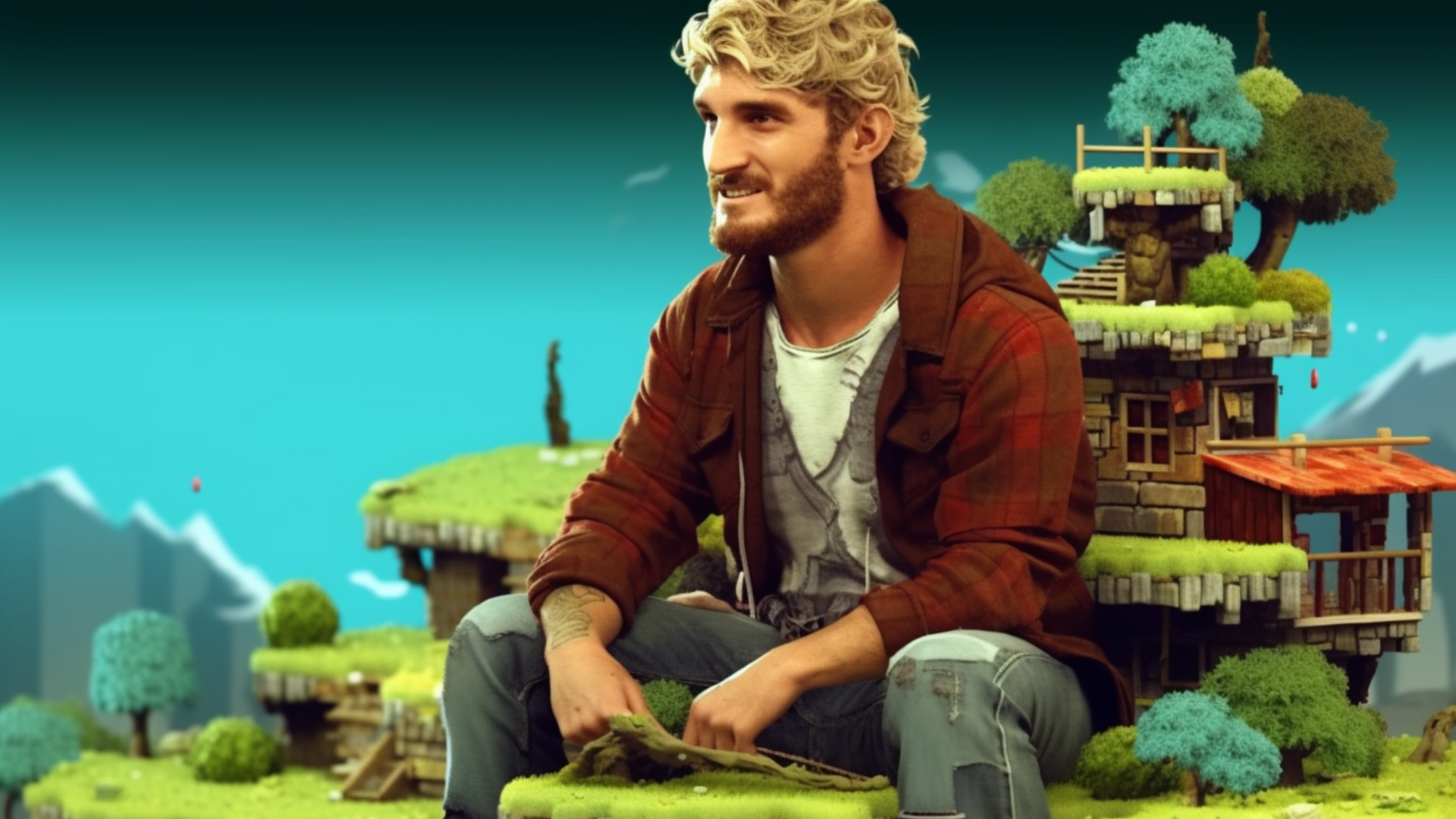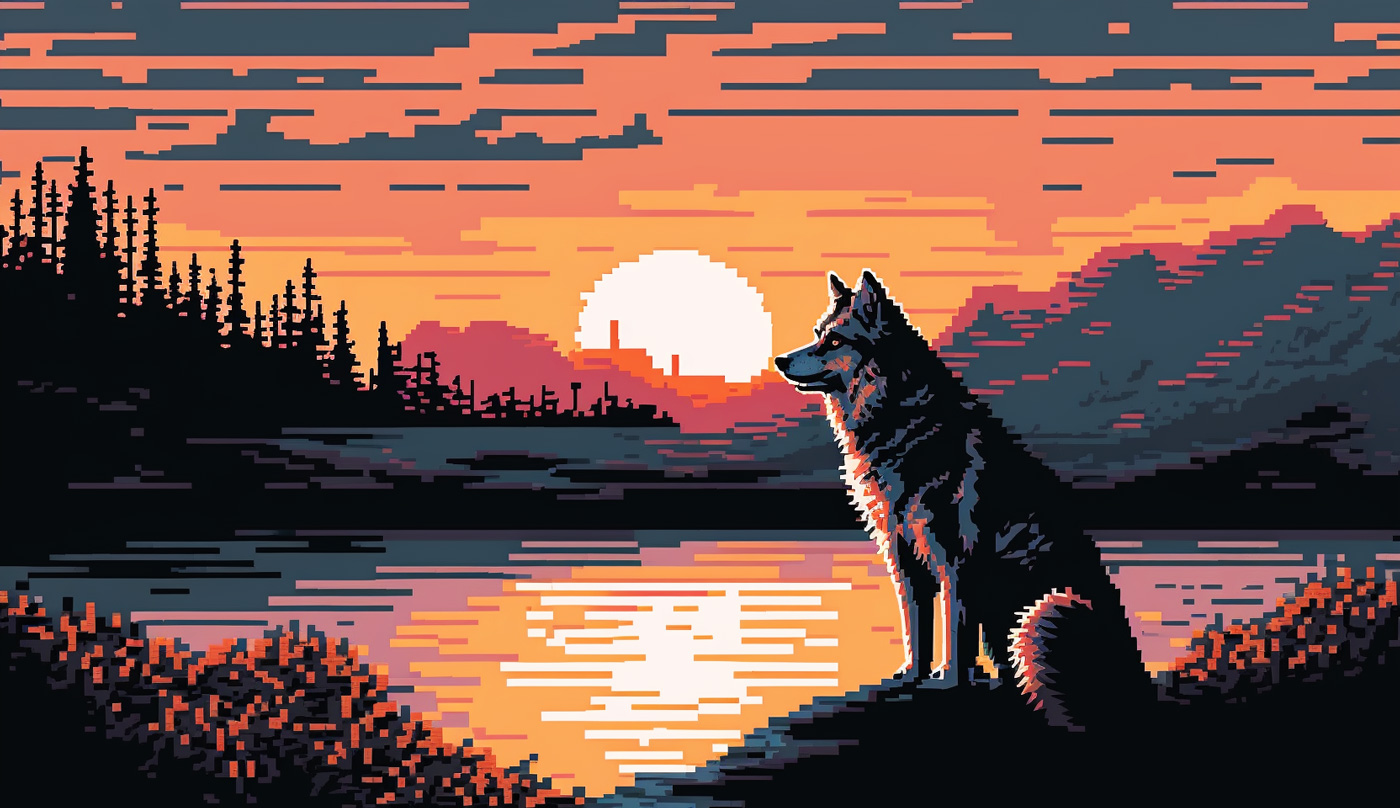Classic video games are an endangered species in the US, according to a study out this week, which found that just 13% of games made before 2010 are still readily available to play.
Even silent films are marginally better preserved than video games.
“This figure [of 13%] is comparable to the commercial availability of pre-World War II audio recordings (10 percent or less) or the survival rate of American silent-era films (14 percent), two other mediums at risk,” the author of the study, Phil Salvador, wrote.
The fate of games made before 1985 is particularly dire, with just 3% still available to play.
“This is a crisis for the entire medium of video games,” Salvador wrote.
“Historical game availability issues are widespread across all platform ecosystems and time periods. No single company or platform owner is responsible for this reality.”
*Enjoy our reporting? Sign up for the Pharos newsletter and receive an update every week for free
What’s a classic game?
The study, by the Video Game History Foundation and the Software Preservation Network, looked at 4000 games and chose 2010 as the cut off year for “a classic” as this was when digital distribution of video games took off, Salvador said in a blog accompanying the study.
For a game to be regarded as still available to play, it boiled down to whether or not you could get the game in a format that was still accessible to an average user.
Remasters, and announced but unreleased titles counted as “still playable”, but when a reissue was judged substantially different to the original game or prohibitively expensive, it was ruled out.
“We didn’t count games that have only been re-released as expensive or limited-edition collector’s items, games that are only available as raw source code, or games that can only be purchased for defunct vintage game platforms,” Salvador said.
“They needed to be as simple as possible for an average user to play.”
The study also looked at the game reissue rates for the Commodore 64, Game Boy and Playstation 2. They found that only 4.5% of Commodore 64 games were still around; 5.9% of GameBoy games and 12% of PlayStation 2 games.
The study described the Commodore 64 platform as an “abandoned ecosystem” because despite the platform’s “historical significance, [its] game library has largely been commercially abandoned and titles are rarely reissued”.
Game Boy was listed as a “neglected ecosystem” but the Playstation 2 ecosystem was considered “active”.
Where have all the games gone?
Classic games die out because upgrading older titles to work on new platforms is difficult and expensive, and there are often complex rights and licensing agreements in place for games which can also get in the way of their re-release, the study found.
Games also often have multiple owners, but rights of each owner may not be clear and there can be difficulties in getting a game’s stakeholders to agree on a reissue.
“The uncertainty about the ownership for these games means they may never have a pathway to recommercialization,” Salvador wrote in the study.

